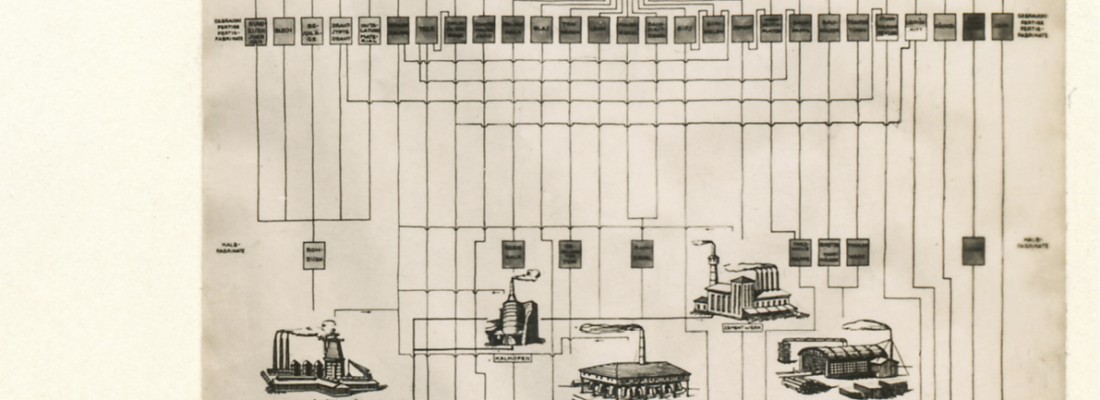
Otto Neurath is known, among other things, as a philosopher, a sociologist, and as a political economist. His pioneering work, together with the artist Gerd Arntz, on the Isotype pictorial language is widely acknowledged among graphic designers and information designers. More recently, architects and urbanists have become more and more interested in Neurath’s role as an urban planner in post-World War 1 Vienna. From 1922 on, Neurath was secretary of the Austrian “Siedlungs- und Kleingartenwesen”, the association for housing and small gardens. In this position he supported many self-help groups and associations in building their own homes and neighborhoods. Neurath proved to be an original and strong organizer who, building upon the existing settlement activity, through his analytical abilities and ideas about an economy in kind, managed to construct a completely new kind of organization in housing and planning. The growing interest in Neurath’s work in architecture and urbanism is fed by the growing awareness that a thorough understanding of bottom-up processes is again increasingly important in urban planning, be it because of the lack of clear planning perspectives, the explosive growth of shanty towns and informal urbanism all over the world or because of the effects of deregulations and privatizations in the Western Europe. Wars and economical crises may also have contributed to a new interest in Neurath’s ideas about the War Economy and total socialization.
Until recently, mainly sociologists and philosophers studied Neurath’s work. Notably the Institute Vienna Circle with Elisabeth Nemeth and Friedrich Stadler published numerous articles and books on the theoretical aspects of his work. Of course, Neurath figures significantly in Eve Blau’s study The Architecture of Red Vienna 1919 – 1934. Scattered publications, such as Peter Galison’s article on the relationship between Neurath, logical positivism and the Bauhaus drew further attention to Neurath’s work, while Neurath appears marginally in studies on CIAM, as for example in Kees Somer’s book, The Functional City, on the Dutch architect and urbanist Cornelis van Eesteren. Research done at the Berlage Institute in Rotterdam, the University of Innsbruck and the Academy of fine Arts in Vienna under my guidance provided first hints to the forgotten potential of Neurath’s work in the field or architecture and urbanism. An important catalyst in the growing interest in Neurath’s work was Nader Vossoughian’s book Otto Neurath: The Language of the Global Polis, based on the PhD Vossoughian wrote at Columbia University. Vossoughian’s book provided a first introduction to Neurath’s work in the field of architecture and urbanism. The exhibitions Vossoughian organized in leading galleries and museums in Europe and the United States inspired more architects, urbanists and scholars in these fields to study and debate Neurath’s contribution and to speculate on whether aspects of it could play a role in the contemporary debate on urbanism again.
